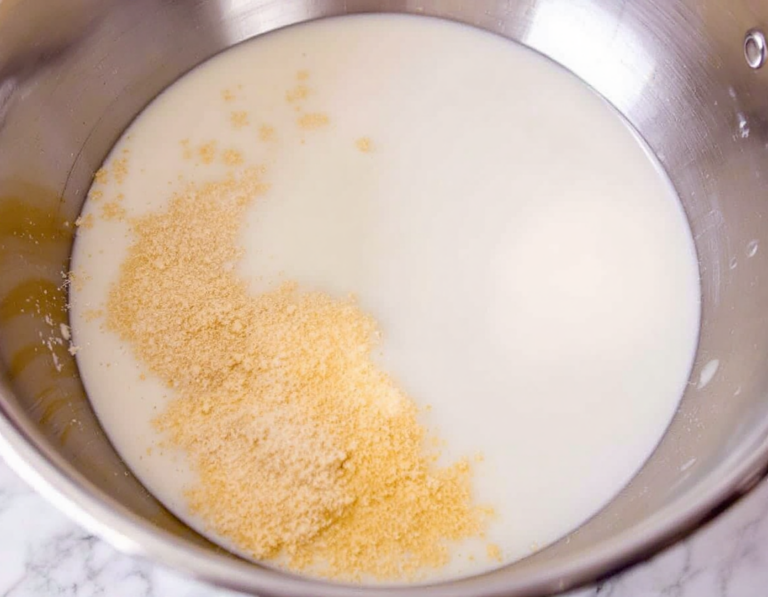Ah, dinner rolls. Just the thought of them brings me back to those cozy family dinners where the star of the table wasn’t the turkey or the casserole, but those warm, soft rolls—freshly baked and impossible to resist. You know, there’s something magical about tearing into a perfectly baked roll, with its golden exterior giving way to a pillowy interior. It’s like a hug for your taste buds. My grandma used to say that a good dinner roll is like a good friend: comforting, reliable, and always there when you need it. And, honestly, who could argue with that?
But let’s pause for a second. Have you ever noticed how the simplest things can sometimes be the hardest to perfect? Take rolls, for instance—they’re humble, unassuming, yet they hold the power to elevate any meal from ordinary to extraordinary. They’re like the unsung heroes of the dinner table. Okay, I might be getting a bit carried away, but you get what I mean, right? And speaking of heroes, did you catch the latest Marvel movie? It was quite the rollercoaster, but I digress.
Back to our rolls. Imagine them slathered with butter that melts into every crevice, releasing a fragrance so enticing you’d think you were in a bakery. These dinner rolls are not just a side dish—they’re an experience, a testament to the beauty of home-cooked goodness. And the best part? They’re super easy to make! So, let’s roll up our sleeves (pun intended) and get baking.
Steps
- Begin by mixing warm milk, yeast, and a tablespoon of sugar in a bowl. Allow this mixture to sit for five minutes to activate the yeast.
- Add the remaining sugar, egg, softened butter, salt, and a cup of flour to the yeast mixture. Mix on low speed, scraping the bowl’s sides as needed, then incorporate the rest of the flour until the dough is cohesive.
- Knead the dough for five minutes, either by continuing with your mixer or by hand on a floured surface. Adjust with small amounts of flour if too sticky, ensuring the dough remains soft and slightly tacky.
- Lightly grease a large bowl, place the dough inside, and turn it to coat with oil. Cover and let the dough rise in a warm area for 1-2 hours until it doubles in size.
- After rising, punch the dough down to release air and divide it into 14-16 pieces. Shape each piece into a smooth ball and arrange them in a greased baking pan.
- Cover the shaped rolls and let them rise for another hour until puffy. Meanwhile, preheat your oven to 350°F (177°C).
- Bake the rolls for 20-25 minutes until they are golden brown, rotating the pan halfway through. If desired, brush the warm rolls with a mixture of melted butter and honey before serving.
Ingredients
- 1 cup (240ml) whole milk, warmed to about 110°F (43°C)
- 2 and 1/4 teaspoons instant yeast (approximately 1 standard packet)
- 2 tablespoons granulated sugar, divided
- 1 large egg
- 1/4 cup (56g) unsalted butter, softened and cut into pieces
- 1 teaspoon salt
- 3 cups (390g) all-purpose flour or bread flour, spooned and leveled
- Optional: 2 tablespoons (28g) melted unsalted butter mixed with 1 tablespoon honey for brushing
FAQ
- Can I prepare the dinner rolls in advance?
- Yes, you can prepare the dough and shape the rolls ahead of time. You can either refrigerate the shaped rolls for up to 16 hours or freeze them. If refrigerated, allow them to rise for 1-2 hours before baking. If frozen, let them thaw and rise for about 4-5 hours before baking.
- What type of yeast should I use for this recipe?
- You can use either active dry yeast or instant yeast. If you choose active dry yeast, the rise times will be slightly longer. Instant yeast, like Platinum Yeast from Red Star, is recommended for faster results.
- Can I use a different type of flour?
- Yes, you can use either all-purpose flour or bread flour for this recipe. While all-purpose flour is more convenient, bread flour will yield chewier rolls. Both options will result in soft and fluffy dinner rolls.
- How do you shape the dinner rolls?
- Divide the dough into 14-16 pieces. For each piece, stretch the top while pinching and sealing the bottom to form a smooth ball. Ensure that the top is smooth and the bottom is sealed.
- What if I don’t have a stand mixer?
- You can mix the dough by hand using a large wooden spoon or silicone spatula. It requires some arm strength, but it’s a viable option if a stand mixer isn’t available.
Tips
- Activate Yeast Properly: Ensure your yeast is fresh and properly activated by mixing it with warm milk (around 110°F or 43°C) and a bit of sugar. Allow it to sit for about 5 minutes until it becomes foamy, indicating that the yeast is active and ready to use.
- Knead to Perfection: Knead the dough until it’s soft and slightly tacky. If it gets too sticky, gradually add flour, one teaspoon at a time. A well-kneaded dough should pass the “windowpane test,” where you can stretch a small piece thin enough for light to pass through without tearing.
- Make-Ahead Convenience: For busy schedules, prepare the rolls in advance. After shaping, cover and refrigerate them for up to 16 hours. Allow them to rise at room temperature for 1-2 hours before baking. This method ensures fresh rolls with minimal day-of effort.
- Customize Flavors: Add variety by incorporating ingredients like chopped rosemary, shredded cheddar, or garlic powder with herbs to the dough. These additions can enhance the rolls and complement the main dish.
Equipment
- Stand Mixer (with paddle and dough hook attachments)
- 9×13-inch Glass Baking Pan
- Bench Scraper
- Pastry Brush


